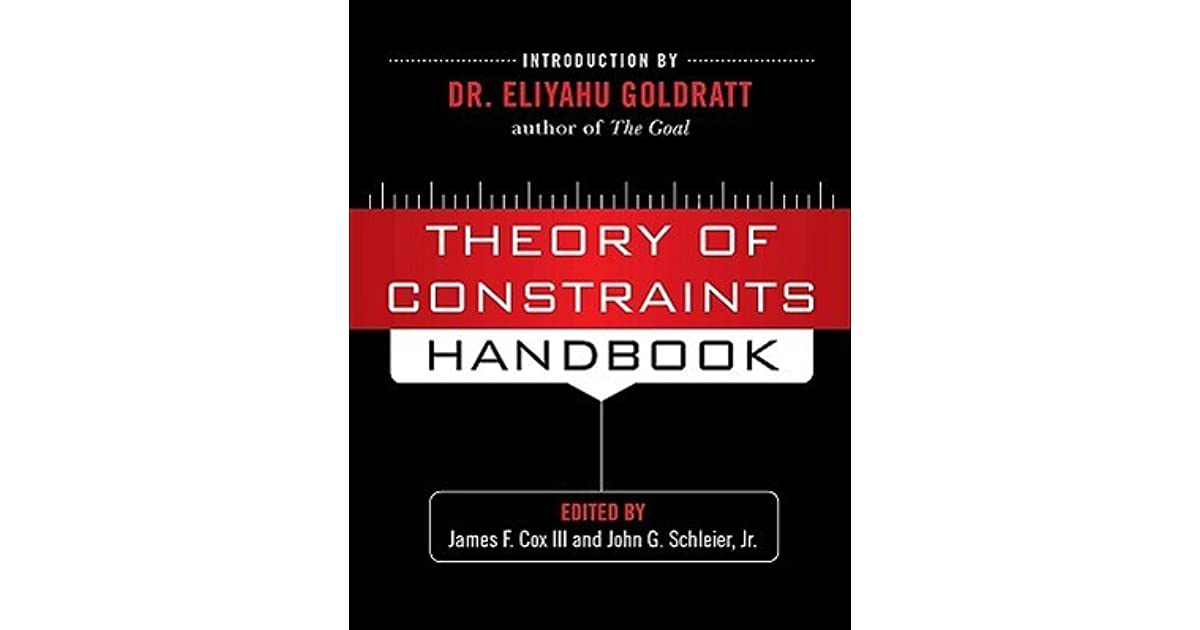
Eliyahu Goldratt’s theory of constraints offers a powerful way of resolving business issues. The fact that you can indeed resolve one constraint at a time to effect dramatic improvement is a powerful thought even if counter-intuitive. Application of ToC requires one to identify the one critical constraint at that point in time that is restricting achievement of the objective.
Subsequent steps require you to progress resolving these one at a time for ever-increasing improvement. In working with various clients we have often found that addressing any one area of improvement like say pricing, does not guarantee improvement in sales. For example, we might be required to make changes to the channel structure, pricing, margins and the sales structure at nearly the same time. While in theory there is possibly one critical constraint, it does appear that applying the ToC methodology has some challenges in these cases.
Thinking about this, I looked at the possible reasons why this would be so and I can think of the following-
a. If the constraints are in close proximity to each other, in the sense that the advantage from releasing one is almost immediately nullified because of the other limiting constraint, then the gain from focusing on one constraint is lost. b. I am not sure if the constraints can be treated as orthogonal factors unrelated to each other. Therefore modifications in channel structure could require concomitant changes in pricing/ margin structures or incentives for example. So when ‘constraints’ are interrelated, treating them individually or one at a time might be challenging.
I am sure that votaries of ToC are not going to be pleased to hear this, but this is just by way of observation. Again, it is entirely possible that there are situations where ToC principles will work brilliantly and I have great regard to Goldratt’s work in this area. It is just that I have not been able to find a way to apply this in our area of work.